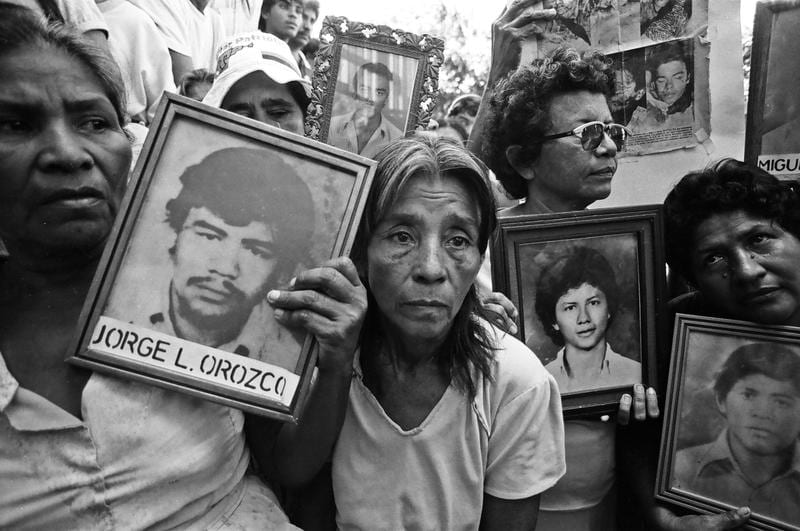Blood of Brothers Redux
Examining Central America’s Past
Tension and long-suppressed anger mingled with shared pain when Nicaraguans who were bitter enemies in the civil war of the 1980s faced each other for the first time in the spring of 2019. Their encounter, at the Watson Institute for International and Public Affairs at Brown University, was to mark the 40th anniversary of the Sandinistas’ rise to power in 1979. A few members of the nine-man Sandinista National Directorate that ruled Nicaragua after the revolution exchanged memories and accusations with leaders of the U.S.-backed contra force that sought to overthrow them.
Sergio Ramirez, who was vice-president of the Sandinista government from 1985-1990, lamented that he and his comrades had succumbed to “Leninist conceptions of power.” He called the Sandinista project “a sincere illusion” and concluded: “A capital sin of the Nicaraguan revolution was to place ideology above realistic possibilities.”
At one of the conference’s first sessions, a Miskito Indian leader accused Sandinistas of trying to destroy his people. In reply, a former Sandinista leader confessed that he and his comrades had failed to understand the indigenous people’s “separate history, values, culture, aspirations and relationship to nature and the earth.”
The former contra commander Luis Fley, known during his fighting days as Comandante Jhonson, said he had joined the contras because Sandinista farm policies made it difficult for him to survive and because Sandinista security forces were arresting or killing other farmers in the region. Listening silently were Jaime Wheelock, who as minister of agriculture in the 1980s designed those farm policies, and Luis Carron, who as deputy minister of the interior helped command those security forces.
“This is process of determining the truth of what happened will take generations,” Fley said as the conference ended.
Nicaraguans have hardly begun the process of recovering historical memory of the bloody 1980s. Other Central American countries are also making first efforts. In Guatemala, a museum in the ravaged town of Rabinal, where one-fifth of the population was wiped out in army massacres, poignantly documents the slaughter and memorializes the victims. Perhaps the region’s most notable effort to tell popular history unfolds at the Museo de la Palabra y la Imagen in El Salvador, which not only seeks to examine the past but also to give Salvadorans the tools they need to combat structures of injustice that produce violence. The encounter among Sandinistas, contras and those who witnessed their war in Nicaragua was part of this incipient effort to examine Central America’s past in order to learn lessons for the future.
The Watson Institute is preparing a series of videos to document this uniquely informative conference (which will also be posted on ReVista). The full proceedings are to be published in both English and Spanish—including speeches that emphasized the need to face difficult historical truths.
“It is significant that the events of Nicaragua in the last 40 years occupy the attention of the academic world,” asserted former contra leader Donald Castillo. He said this process is valuable “not only because rigorous analysis leads to the truth of the facts,” but also because it could help Central Americans to “avoid reproducing the heartbreaking story of death, misfortune and suffering.”
Spring/Summer 2019, Volume XVIII, Number 3
Stephen Kinzer teaches journalism and international affairs at Brown University. He is a Senior Fellow in International Affairs there. From 1983 to 1989, Kinzer was the New York Times bureau chief in Nicaragua. He is the author of Blood of Brothers: Life and War in Nicaragua and Bitter Fruit, co-authored with Stephen Schlesinger. Both books were republished by the David Rockefeller Center for Latin American Studies and distributed by Harvard University Press.
Related Articles
The University and the Nicaraguan Crisis
English + Español
University youth were the first to rise up in April in Nicaragua. Then other young people followed en masse, followed by the rest of the population. The young students woke up an entire country. “They are students; they are not delinquents!” became the first slogan that…
Nicaragua TEMPLATE: Single Language Article
English + Español
A one or two sentence blurb about the article
3, 2, 1… poemas
Manual para sobrevivientes…





